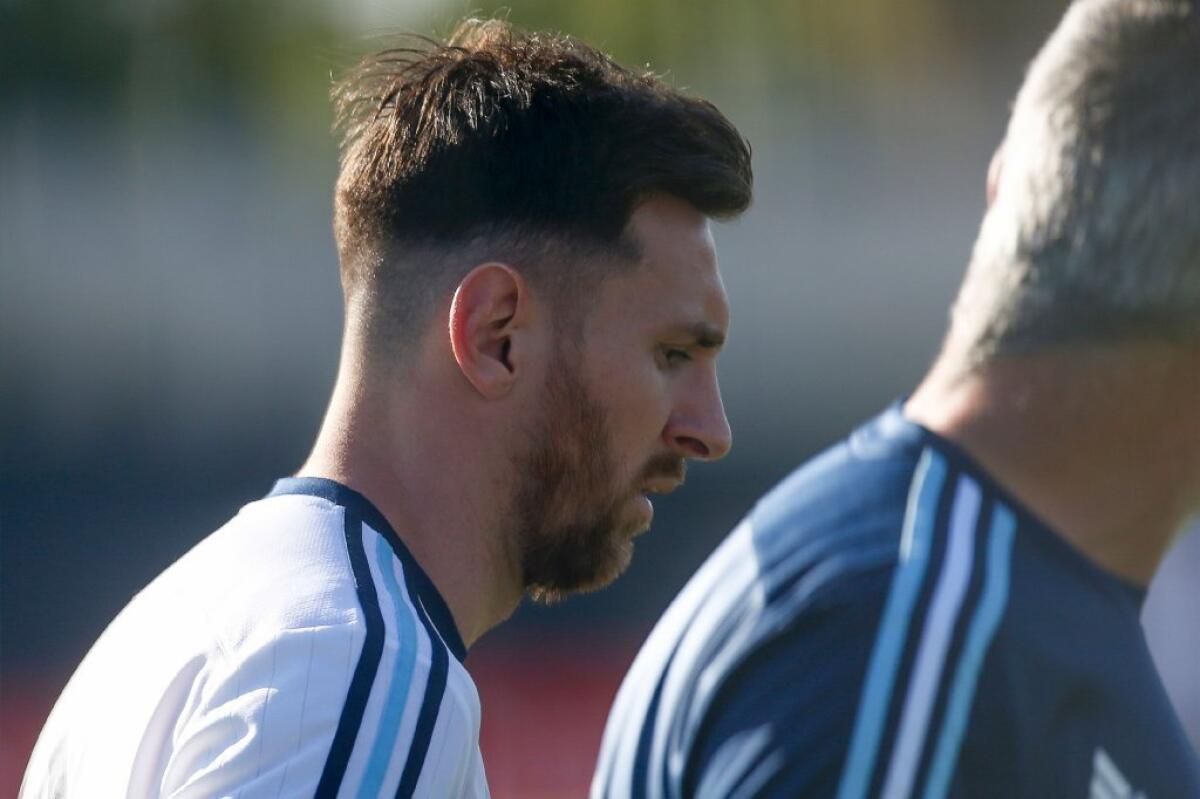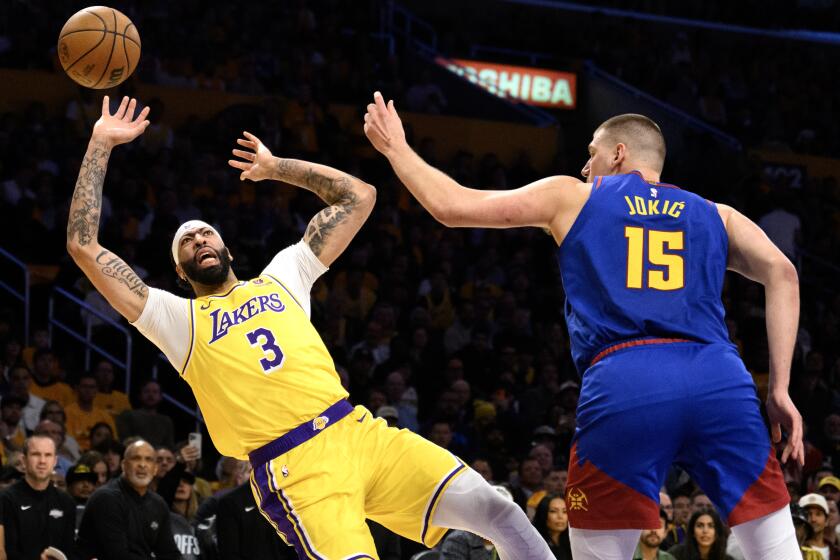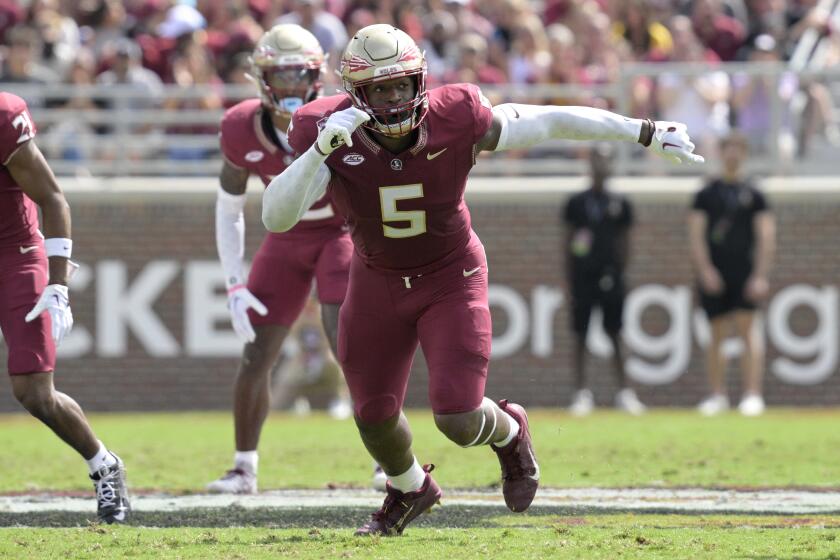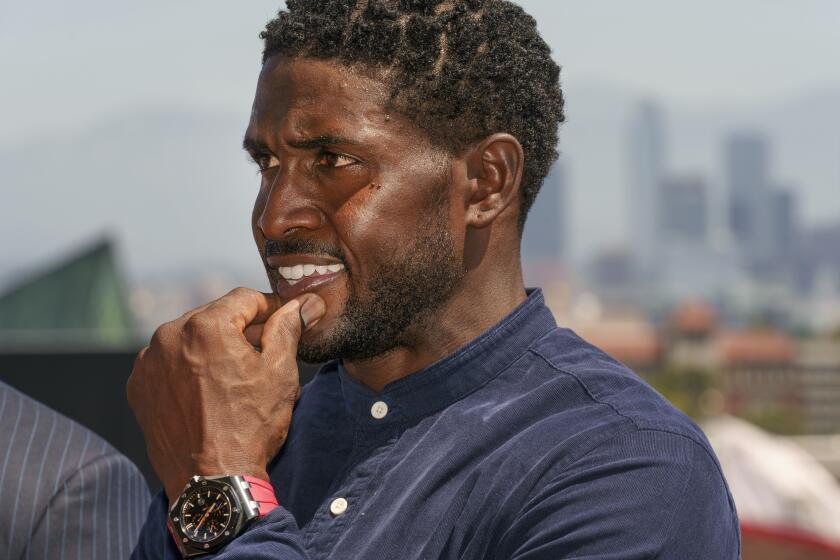Lionel Messi’s long journey deserves a happy ending in Copa America Centenario

The last two weeks have been great for Lionel Messi’s frequent-flier account. But for his mind and body? Not so much.
First there was the Copa del Rey final in Spain, where the Argentina national team star played an exhausting 120 minutes for Barcelona — which won the game but lost star striker Luis Suarez to a hamstring injury.
Five days and a 13-hour flight later, Messi was lying face up on a soccer field in Argentina after taking a knee to his torso during a friendly with Honduras. He hobbled off to the hospital, where tests revealed he had “significant bone and soft-tissue contusion” — which was good news, because doctors originally feared he had sustained a fracture.
See the most-read stories in Sports this hour>>
A couple of days later, Messi, battered and bruised, climbed back on a plane for a 13-hour flight back to Barcelona to defend himself in a Spanish courtroom against charges he and his father evaded paying $4.7 million in taxes — which was bad news, because if he loses, Messi could spend nearly two years in prison.
Then it was back on another plane, this time for a 15-hour flight to San Francisco to rejoin the Argentine team ahead of its Copa America Centenario game Monday with Chile at Levi’s Stadium in Santa Clara. Argentina said Messi’s back is improving, but his participation in Monday’s match could be a game-time decision.
Add it all up and that’s 41 hours and more than 18,000 miles of flying between three continents in 12 days, scheduled around two soccer games, a near-broken back and a court appearance that could wind up grounding him through the next World Cup.
And we haven’t even mentioned the distractions caused by the Argentine soccer federation, which last week threatened to employ the “nuclear option” and pull its team out of the Copa America in an effort to stop government meddling in the dysfunctional federation’s affairs. Facing a heavy fine and banishment from the next two Copa Americas, the federation backed down, allowing Messi and his friends to play.
That was probably welcome news for the jet-lagged Messi, for whom soccer has become a refuge. Unlike the preening, self-absorbed Cristiano Ronaldo and the arrogant Zlatan Ibrahimovic, Messi, a five-time world player of the year, has avoided the off-field spotlight more often that he has sought it, preferring to spend what little free time he has playing with his three sons.
But this summer that spotlight is burning bright. At 28, Messi is the highest-paid soccer player in history — and arguably the most talented as well. Yet he has never won a major international title.
He won a gold medal in the 2008 Olympics, but that’s an age-group tournament. He won 28 major trophies for Barcelona, but that’s a club team — and one that plays on another continent at that.
On the senior level with Argentina, the best he has done is a second-place finish in the last World Cup and two runner-up finishes in the Copa America. And that hasn’t played well at home, where, despite the humble origins, the impressive charity work, the incomparable skills and (apart from the tax-fraud charges) the squeaky-clean image, Messi is no better than second best.
In Argentina, Diego Maradona remains king. Sure he was addicted to cocaine, was kicked out of a World Cup for failing a drug test, has been treated for hepatitis stemming from alcohol abuse and failed to pay tens of millions of dollars in back taxes to the Italian government. But he also scored three of the most memorable goals in World Cup history.
And more important, he led Argentina to a world championship. The country hasn’t won another major tournament since he retired, a drought now in its 23rd year.
So while Messi has continued to play brilliantly as an individual, his frustration with his team’s results is beginning to show. After Argentina lost to Chile on penalty kicks in the final of last summer’s Copa America, Messi refused to accept the MVP trophy.
That makes this summer’s Copa America Centenario — the first competitive tournament Messi has played in the U.S. — more important for him than for most. If he fails to raise the team trophy June 23 in East Rutherford, N.J., he’ll probably have only two more opportunities: the 2018 World Cup and the 2019 Copa America.
Messi isn’t the only one running out of chances. The star-studded supporting cast surrounding him is growing old too. Goalkeeper Sergio Romero will be 31 by the next World Cup. Midfielders Javier Mascherano and Angel Di Maria are 31 and 28, respectively. Forwards Gonzalo Higuain and Sergio Aguero are also 28.
This summer the black cloud that has been following the team might finally be lifting and Argentina’s luck could be changing. If Messi had fractured his back as originally feared, for example, he would have been out of the tournament. Instead he’s likely to play.
Some of Argentina’s toughest rivals weren’t so lucky. Uruguay is expected to start the tournament Sunday without Suarez, who scored 59 times in all competitions for Barcelona this season, while Costa Rica, a World Cup quarterfinalist two years ago, is missing goalkeeper Keylor Navas because of a foot injury.
Brazil, meanwhile, left 20 players from its last World Cup team at home, among them Neymar, Messi’s Barcelona teammate. That leaves Mexico as the most imposing obstacle between Argentina and the Centenario title.
Messi traveled a long way to get to this tournament, and he has carried a lot of baggage along the way. He deserves to leave with the top prize.
Follow Kevin Baxter on Twitter @kbaxter11
More to Read
Get our high school sports newsletter
Prep Rally is devoted to the SoCal high school sports experience, bringing you scores, stories and a behind-the-scenes look at what makes prep sports so popular.
You may occasionally receive promotional content from the Los Angeles Times.







